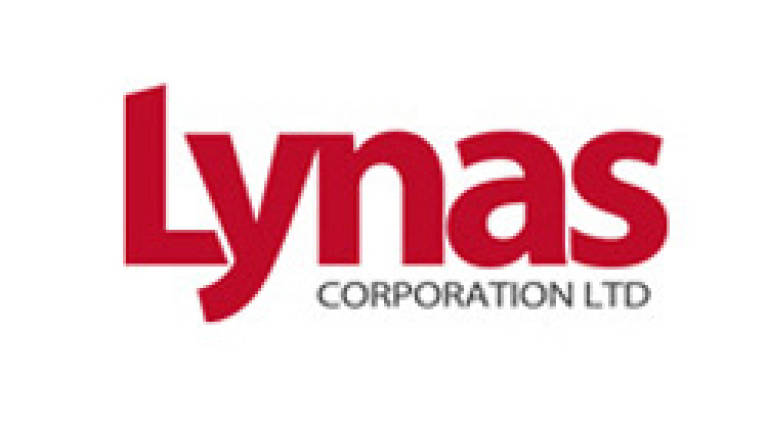Agricultural use for Lynas residue

KUALA LUMPUR: Rare earth mining company Lynas Corporation hopes to process residue from its production operations for commercial use next year.
Lynas Malaysia Sdn Bhd vice-president Datuk Mashal Ahmad said 211,454 metric tonnes of residue are being stored at its advanced material plant and it is collaborating with two institutions to turn the waste into material for use in agriculture.
He said Universiti Putra Malaysia (UPM) and the Malaysian Agricultural Research and Development Institute (Mardi) is running field tests on a soil conditioner that was derived from its water leach purification (WLP) residue.
"Researchers from both institutes have tested this conditioner, called "Condisoil", on various crops including corn, kenaf, paddy, coconut and cattle-grass.
"After two harvest seasons, the initial results are amazing, with the growth rate of the plants doubled using Condisoil," he told a press conference.
However, Mashal said approval for Condisoil's commercial usage can only be determined once tests on a third harvest are completed in June.
"Currently, all test results by various bodies, including the Malaysian Nuclear Agency (Nuclear Malaysia) and Sirim on the two earlier harvests show that the usage of Condisoil has no ill effects on the plants or the atmosphere," he said, adding that Lynas has been funding both UPM and Mardi to conduct its research independently.
Lynas chief executive officer Amanda Lacaze said the residue material will be stored in facilities that meet the design requirements of permanent deposit facilities.
"All residue are inventoried and these inventories are reported to the authorities on a regular basis, with the International Atomic Energy Agency rating the Lynas operation as 'intrinsically low risk'," she said.
Lacaze said the plant produces three solid residues known as neutralisation underflow residue (NUF), flue gas sulphurisation residue (FGD) and the WLP.
"NUF and FGD are not radioactive materials, and they are non-toxic, non-carcinogenic, and non-ecotoxic. As such NUF and FGD are safe for people and the environment.
"While WLP has very low level radioactivity, it can easily be treated and made safe for people and the environment," she said, adding that Lynas commercialisation programmes have shown that each of these residue can be safely reused.
She said the commercialisation programmes are in line with the process agreed between Lynas and Malaysia's Atomic Energy Licensing Board, and was the first to identify a commercial use for WLP.
"The internationally recognised best practice in dealing with residues is to reuse the material in commercial applications, rather than to retain the material in long-term storage.
"Given the success to date of Lynas' residue commercialisation programmes, the aim of Lynas is to ensure that material is reused safely, not stored in a PDF," she added.